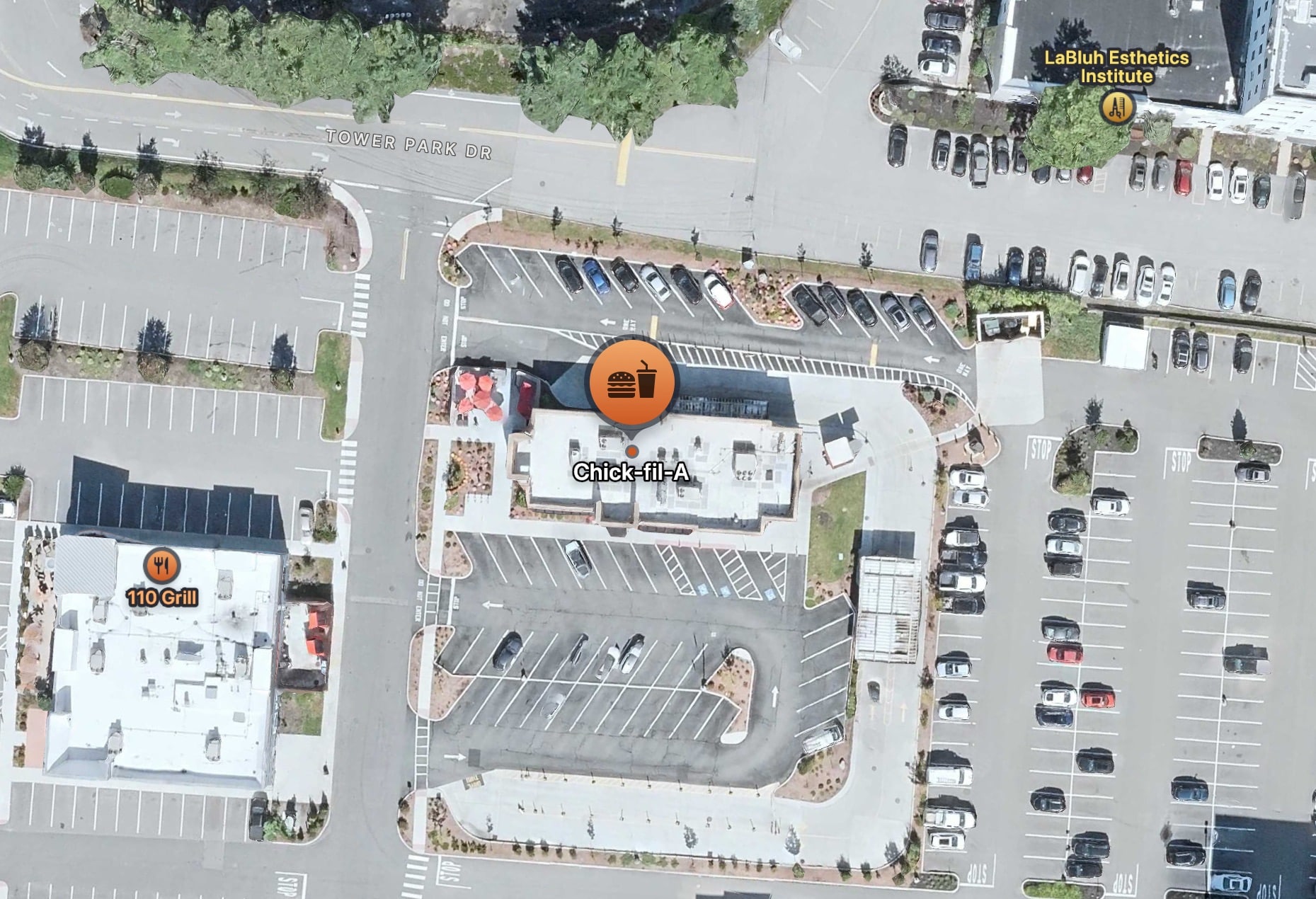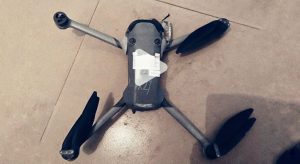How Drones Are Transforming Chick-Fil-A’s Operations
Chick-fil-A, based in Atlanta, has integrated drone technology into its strategy for analyzing and enhancing drive-through operations. The company employs specialist teams to monitor traffic patterns across more than 3,000 locations, utilizing drones to obtain aerial views of vehicle dynamics and service speed, as reported by the Wall Street Journal.
Technical Implementation
Starting with pilot testing in 2017 in Sacramento, California, Chick-fil-A’s drone initiative follows a simple yet impactful methodology: drones collect aerial footage of traffic behaviors, which specialists merge with ground-level footage from kitchen and drive-through CCTV. This compilation creates detailed analysis videos for shop owners to review. The approach became official when a dedicated drone film studies unit was established in February 2020, critical during the pandemic when drive-throughs became essential.
From Sports Analysis to Restaurant Operations
The analytical concept drew inspiration from an unexpected source. Chick-fil-A executive Will McFaddin found motivation in NFL quarterback Drew Brees’s game footage reviews. Realizing that aerial analysis could enhance drive-through efficiency, he applied the same principles to restaurant operations. Collaboration with the University of North Carolina-Chapel Hill’s basketball program proved instrumental, providing software that transformed their findings into actionable “game film” for restaurants.
Operational Impact of Drones
The aerial viewpoint has yielded insights into restaurant operations previously overlooked. Historically, operators would have to scale rooftops for direct traffic observation, but drones now afford a panoramic view of entire establishments, revealing operational pinpoints that need attention. An example includes the Rockford location’s adjustments in task distribution and the addition of a service door for enhanced order fulfillment.
Business Context
This innovative application of drones coincided with significant operational challenges. By 2020, nearly 60% of Chick-fil-A’s sales came from drive-through channels, necessitating adaptation to rising demand and complications, including local resistance due to increased traffic. Legal confrontations emerged, particularly in New Jersey, where extensive drive-through lines disrupted nearby businesses.
Current Applications
The impact of drone footage persists in shaping operational strategies and store layouts. A newly launched location in McDonough, Georgia serves as a testament to these insights, featuring an elevated kitchen design and four drive-through lanes that can serve meals within six seconds. Although these improvements stem from various sources, they indicate how aerial analyses have informed traffic flow enhancements.
Industry Implications
Chick-fil-A’s use of drone tech is a pragmatic response to retail operational analysis. Instead of more complex and expensive systems, the company exemplifies how well-targeted drone footage, alongside existing security systems, can unveil crucial operational insights. From its initial test phase, the drone program has evolved into an essential analytic resource, showcasing the significance of aerial perspectives in modern retail settings.
This initiative comes during a pivotal moment for the fast-food sector, which saw a 2.8% decline in restaurant traffic last year per Black Box Intelligence. While competitors lean on discounts to draw customers, Chick-fil-A focuses on operational efficiency and service excellence, leveraging drone analysis to enhance their drive-through experience.
Images courtesy of Apple Maps













